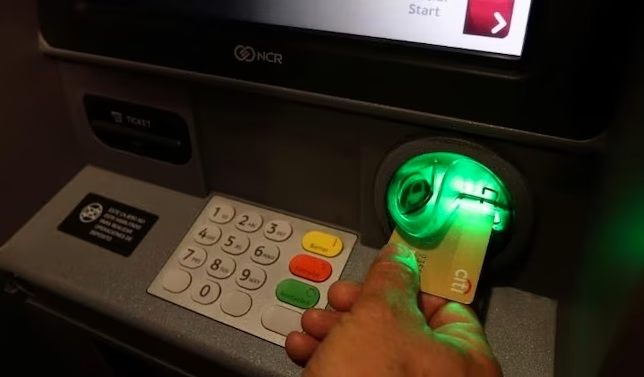ATM Numbers Edge Up in Ghana, While POS Terminals Experience Decline

- Ghana's ATMs increase by 1.4% to 2,287
- POS terminals decline by 6.91% to 12,491
- Digital banking products grow 14.7% to 125
- Debit and credit card issuance see significant growth
Ghana’s banking landscape is undergoing significant transformation, driven by the increasing adoption of digital payment solutions. According to the 2023 Payment Systems Oversight Annual Report, the country witnessed a modest growth in Automated Teller Machines (ATMs) and a notable decline in Point of Sale (POS) terminals.
By the end of 2023, the total number of ATMs deployed by banks across Ghana reached 2,287, reflecting a 1.4% increase compared to the previous year. This growth, although modest, indicates the ongoing efforts of banks to expand their physical presence and enhance customer convenience.
In contrast, POS terminals experienced a significant decline, dropping by 6.91% to 12,491 by December 2023. The report attributes this reduction primarily to the decommissioning of non-functional POS devices by some commercial banks. This move aims to optimize the efficiency of POS terminals and improve the overall digital payment infrastructure.
The report highlights the rapid digital transformation in Ghana’s banking sector, with banks prioritizing investments in digital platforms to enhance customer experience. This strategic shift is driven by the growing demand for digital banking solutions.
In 2023, mobile banking apps emerged as the most widely used digital transaction tool, followed closely by USSD services and online banking. This trend underscores the increasing preference for convenient, secure, and accessible digital payment channels.
To cater to this demand, banks have expanded their digital banking products, which grew from 109 in 2022 to 125 in 2023. This 14.7% increase reflects the banks’ commitment to meeting the evolving needs of their customers.
The issuance of debit cards also witnessed significant growth, reaching over 6 million by December 2023. This represents a 17.55% increase from 5.1 million in 2022, demonstrating the expanding reach of digital payment solutions.
Credit card issuance similarly experienced growth, rising by 11.4% to over 54,000 during the same period. This uptrend indicates improving access to credit facilities and growing consumer confidence in digital payment systems.
Ghana’s central bank has been instrumental in promoting digital financial inclusion through initiatives like the National Financial Inclusion Strategy. These efforts aim to increase access to financial services, reduce cash transactions, and foster economic growth.
As Ghana’s digital payment ecosystem continues to evolve, banks are poised to leverage technology to drive innovation, improve customer experience, and contribute to the country’s economic development.






